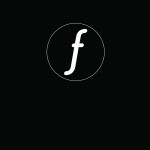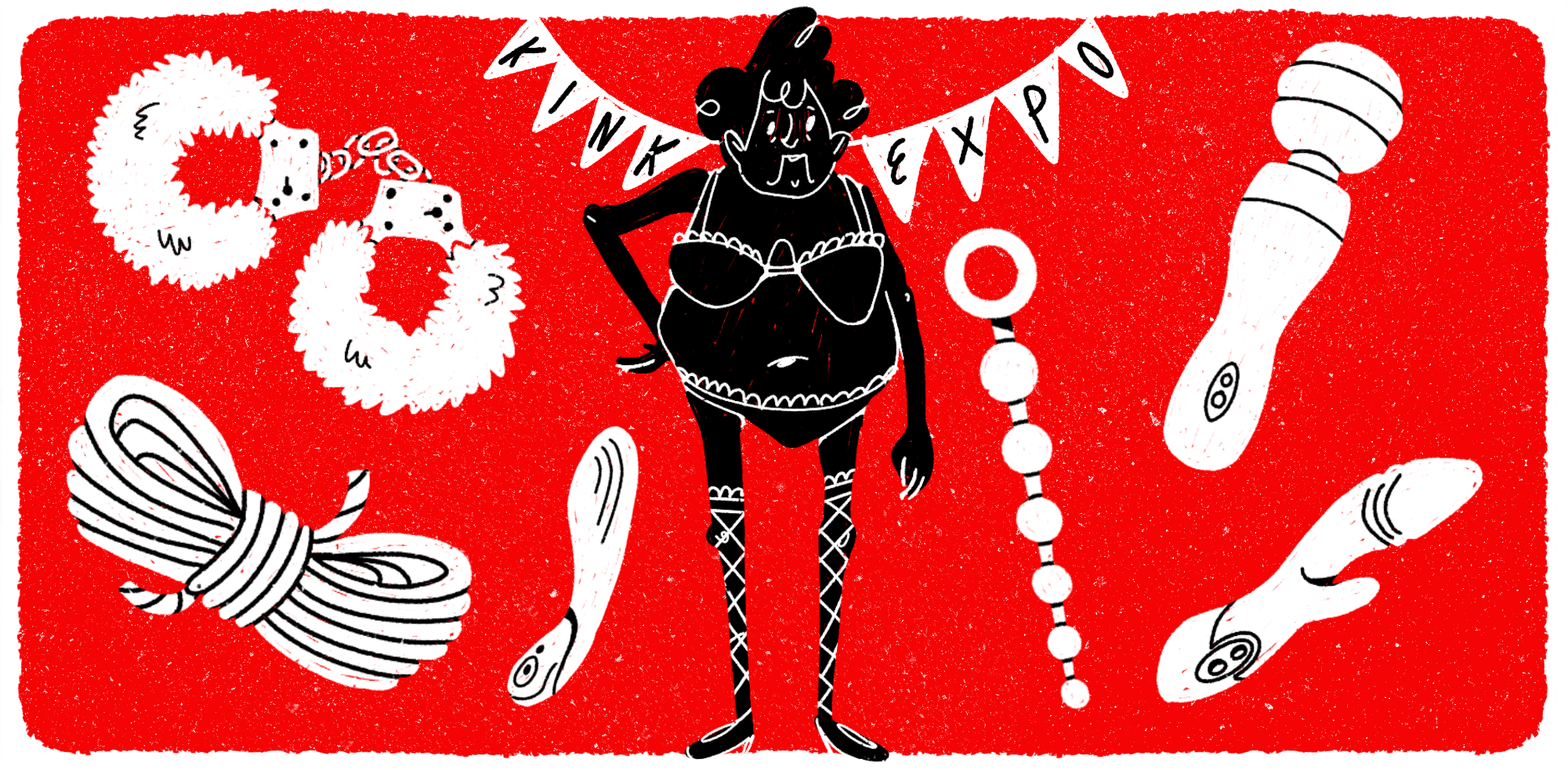“Stealth implies the covert. A something that is not what it seems.” – Shannon Schmidt
Art openings tend to be social events in which connoisseurs gather to drink wine, be seen, chatter away to one another and glance at art, but when SAIC Professor Ellen Rothenberg combined the opening of her Stealth exhibit at Northeastern Illinois University Fine Arts Center Gallery with readings by colleagues responding to her installations, the audience was bombarded with visual and verbal imagery simultaneously. By asking writers and artists to respond to her camouflage map structures and fabric bundles reminiscent of scattered grenades, Rothenberg permitted colleagues’ words to reframe and multiply the possible interpretations of Stealth.
Rothenberg, who teaches Text Off the Page in the Writing Department at SAIC, invited Leila Wilson, Shannon Stratton, Laurie Palmer, Daniel Beachy-Quick and David Snyder to collaborate. “It’s a gift the responder gives to you the artist,” Rothenberg says. “It opens up ideas related to authorship and interpretation, even if it is just in that moment.”
As an inter-disciplinary artist, Rothenberg has worked in public and community spaces, as well as in galleries and museums. About her art practice, Rothenberg says, “Art making for me is not necessarily a commercial project; it is a social, political project.”
By expanding the opening of Stealth into a convergence of language that recontextualized the installation, Rothenberg relinquished more control over how the work was viewed or the limit of associations that one could make.
The following are excerpts and contextualizations from Stealth.
Shannon Stratton
Shannon Stratton, Professor of Art History and curator of Threewalls Gallery, replaced Wilson in the hollowed square and read her descriptive essay.
“…The surgical cutting away of the cloth indicates that this is no accident. Like packing foam or casting ‘trees’, this framework is unsettling waste. With the contents gone, these artifacts talk about the making of.The making of a uniform.The making of a soldier.The making of an army.
How many identical soldiers have been made?”
Daniel Beachy-Quick and Daniel Snyder
Former faculty member in the Writing Department, Daniel Beachy-Quick, and poet, David Snyder, collaborated on a poem. Beachy-Quick and Snyder stood across from each other in opposite corners of the gallery, creating an alternating rhythm of imagery as they took turns reading their poem.
“…Hidden within the grasslands there are motions we learn to mimicBending at the knee when the wind blows us overWe pursue what pursues us
Hiding from the threat by becoming the threat
Exchanging blades for relief in the smallest leaves
We are not the surface that they see…”
“…The camouflage cannot disguise itself from itselfCannot mimic its only property
The seam that says constructed
Follows a body’s contours
Cut out one pattern and the body is seen
As pattern. Transparency: a final loss.
Soldier screened only by trademark
A pale shadow behind a curtain…”
With the close of the readings, the audience reclaimed their usual clamor: people rose to their feet, groups gathered together and some set off for refreshments. In appearance, Stealth regained traditional “art opening” elements, but preserved the origin of the event: a meeting and convergence of voices.
Work from Stealth will be shown in two group shows: Consuming War opening this November 2007 at The Hyde Park Art Center and HereThereEverywhere at the Chicago Cultural Center opening January 2008.
Laurie Palmer
Laurie Palmer, Artist and Professor in the Sculpture Department, perched herself on top of “the blind,” a metal step ladder in Rothenberg’s installation which displays camouflage fabric with areas cut away. Palmer responded to the exhibit by narrating, from her book project, a chapter on chlorine compounds (chlorinated hydrocarbons) found in mustard gas, Agent Orange, herbicides and many other household items.
“…In the accumulating stories of toxic chlorine compounds, things move, change places, get re-named, become something else. I can’t even find where chlorine is produced in the US, much less get in to see the process by which it is separated from common salt (sodium chloride) by electric current. The Dow public relations person says they don’t give tours after 9/11, and then says they didn’t give tours before that either, and then says, what’s my name again? She won’t even tell me if they still make chlorine there in Midland, Michigan – ‘she can’t answer that’. Then she transfers me to security. Two chlorine trucks had just been exploded as bombs in Iraq not long before I called….”




















